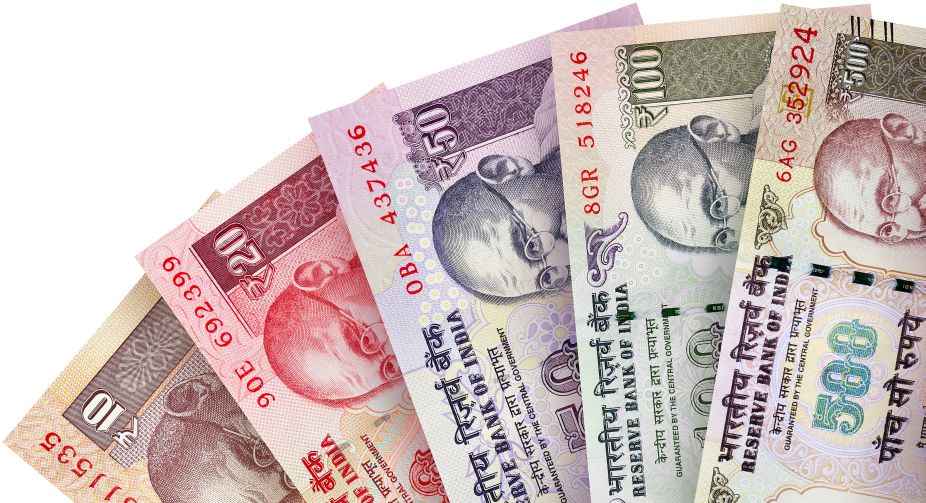India’s democratic dilemma
The fake news industry has grown by leaps and bounds under the tutelage of the BJP.

Getty Images
Among the “collateral gains” of the demonetisation of
high-value currency notes is a reiteration of the reality that political
sycophancy did not end when protests by the masses forced the lifting of the
Emergency in 1977.
Recent events have proved that apart from “opposition for
opposition’s sake”, there is no dearth of people keen to establish their
credentials as chamchas of Narendra Modi. Not surprisingly they have
exhibited their penchant for hyperbole when hailing the move which the Prime
Minister took upon himself to personally announce to the nation. A glance at
the paeans of praise now being sung would create an impression that in a single
stroke a host of economic evils have been eliminated.
There can be no two opinions that the move to curb black
money and dismantling the parallel economy merits much appreciation, but it is
not the wonder-drug as projected by those backers of the ruling party who have
never spoken on economic issues in the past — they
are bending over backwards to extol the virtues of junking the Rs 1,000 and Rs
500 notes, pointing to benefits that even financial experts never perceived.
Fortunately, thus far anyway, critics of demonisation have not been slammed as
“anti-national” or terrorist-supporters. Who knows, even that may happen given
the signs of the times.
Advertisement
Although definitely not in that dubious category is the
somewhat fanciful suggestion of the finance minister and allied officials that
the dawn of a cashless India is not far away — a
glance at the serpentine queues at banks ought to serve as a reality check.
Ministers and officials appear so obsessed with “western” indices of economic
growth that they are blind to the fact that it is the small trader — often
dubbed the base of the BJP — who keeps
the wheels of commerce moving.
Have the bankers and finance ministry officials cared to
assess how many grocers accept “plastic”, not to mention more sophisticated
means of electronic transactions? The kirana merchant, vegetable vendor,
rickshaw puller, and auto-driver play a major part in daily life, they know
only “cash on delivery”: indeed is there an alternative to paying the delivery
man in cash when he brings a loaf of bread or packet of milk to the door? The mention
of a cashless economy found massive endorsement from those promoting electronic
systems of payment, their full-page advertisements in the newspapers ought to
have been a source of embarrassment.
For they added a ring of authenticity to the charge that the
present government favoured “big business”, notwithstanding the admission of a
leading chain of supermarkets that 80 per cent of customers paid in cash — were
all of them flush with black money?
— Editorial
Advertisement